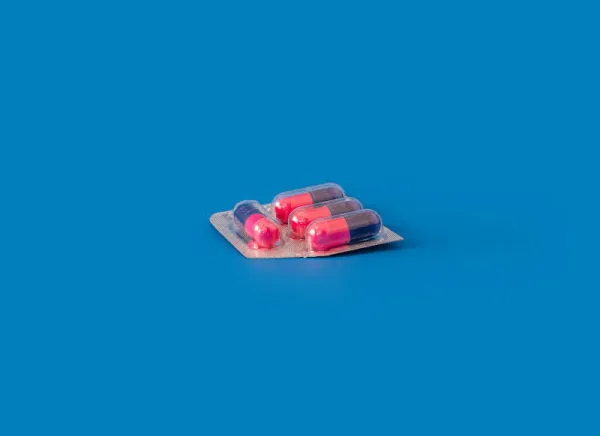A different Glutide - Dulaglutide via Trulicity

Semaglutide is one of the best known forms of GLP1 Agonist, and is what you can find in the biggest brands names out there for diabetes treatments/weight loss:
- Ozempic
- Wegovy
- Rybelsus
But today we're here to talk about another *-glutide people might be less familiar with: Dulaglutide (marketed under the name Trulicity), developed by Eli Lilly.

What is Dulaglutide (Trulicity) and how does it differ from Semaglutide?
Dulaglutide was approved for use in 2014, and by 2020 it was the 96th most commonly prescribed medication in the United States (out of 7 million prescriptions).
Dulaglutide is meant to be taken to treat type 2 diabetes in combination with diet and exercise. This means that it wasn't (like many others) approved as a "weight loss" drug, and is not one, in actuality – unlike Wegovy which was approved for "weight loss" usage.
Is Dulaglutide as effective as Semaglutide?
There is some great literature on the subject, But one of the most commonly cited studies is the SUSTAIN 7 trial:
It's worth noting that the SUSTAIN 7 trial was funded by Novo Nordisk, which developed Semaglutide.
The Phramacy times also has a great writeup on the effectiveness of each:

The language is a bit dense but:
Hemoglobin A1c (HbA1c) reduction for both medications were similar. Comparison trial SUSTAIN 7 investigated semaglutide vs dulaglutide. Semaglutide had a higher HbA1c reduction in comparison to dulaglutide (-1.4 vs -1.1 respectively, p=0.002) with comparing dulaglutide 0.75mg and semaglutide 0.5mg.5 A higher percentage of patients were able to achieve hba1c <7% at week 40 with semaglutide 0.5mg (65% vs 51%, p=<0.0001).5
While Semaglutide was more effective overall, the effects were similar.
Is Trulicity taken via injection or pill?
Trulicity, like most other GLP1 Agonist treatments is taken via injection, once weekly.
Dosages may vary, and only a qualified health professional should be trusted to work with you to decide a safe dose to start with. The usual adult dose is reported 0.75mg per injection per week, but any dosages should be decided by a qualified professional.
Are the side-effects any different than other treatments (Ozempic, Wegovy, Mounjaro, etc) ?
Many of the known side effects for Trulicity are on-par/common to the other GLP1 agonists:
- Various Gastrointestinal disorders
- Indigestion/upset stomach
- Decreased Appetite
- Nausea
- Vomiting
- Abdominal Pain
- Diarrhea
- Acute Pancreatitis
- Hypoglycemia
- Kidney problems
- Renal impairment (this is somewhat new/uncommon to the other drugs)
- Risk of Thyroid Cancer
Trulicity has caused thyroid tumors and/or cancer in animal studies, and it's not known whether these would occur in people – so the warning is very prominent.
As always, talk to a qualified medical professional before starting or changing any medical regimen, as these risks and others may be present.




